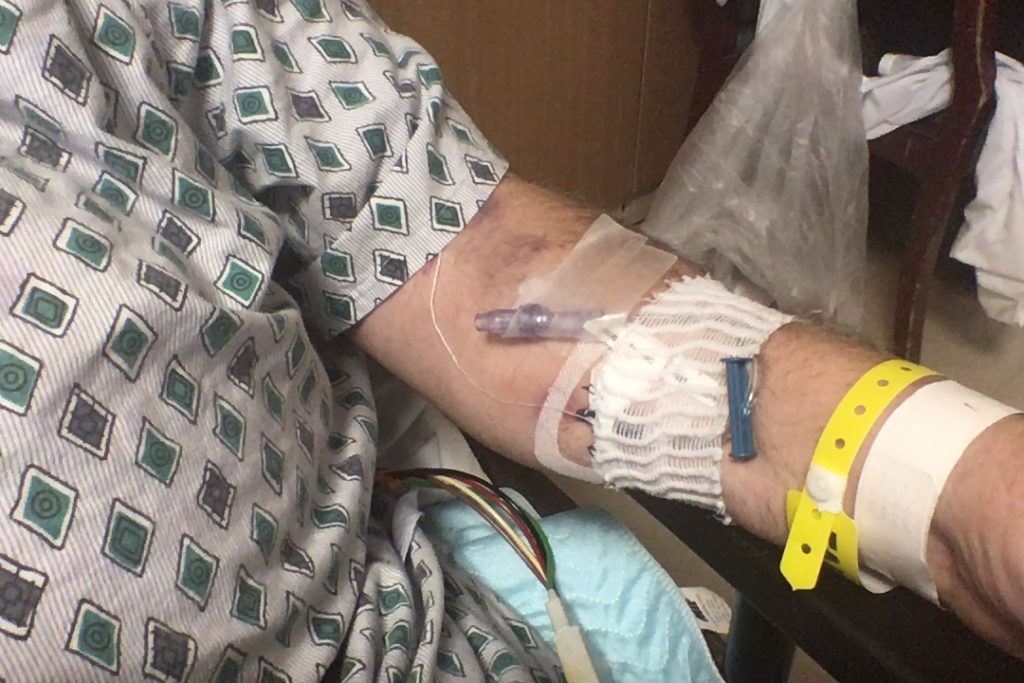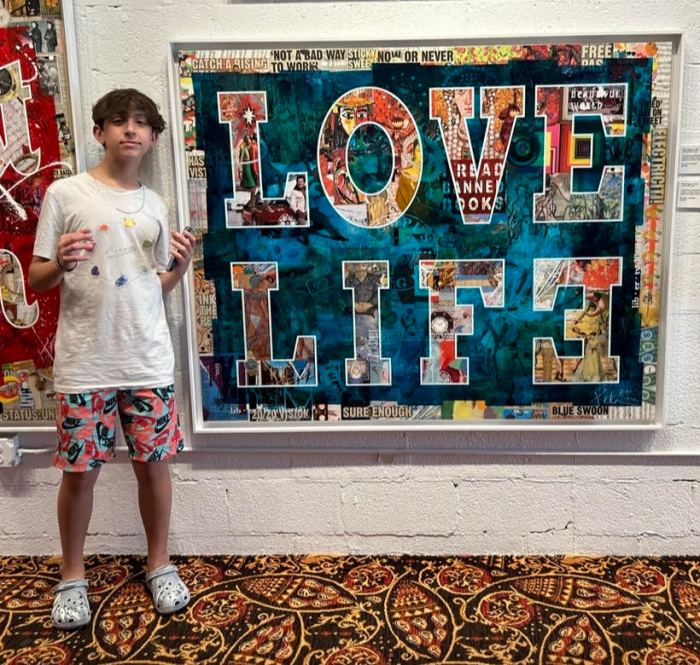 First, thank you for all the prayers and good wishes I’ve been receiving since my hospitalization with the flu and one of those “super-bug” pneumonias. I’m still writing from my hospital bed and hope by the time this is published I’ll be vacationing at home again.
First, thank you for all the prayers and good wishes I’ve been receiving since my hospitalization with the flu and one of those “super-bug” pneumonias. I’m still writing from my hospital bed and hope by the time this is published I’ll be vacationing at home again.
[Not as of January 30th yet.]
Being ill, as many of our readers know, makes one grateful for the things we often take for granted. In my case, these days I’m more grateful for breathing. I’m also grateful for the remarkable nursing staff at the hospital – they are attentive, compassionate, knowledgeable, accommodating, and are among the hardest working people I’ve ever watched work. These are the hands-on women and men who put into practice whatever they’re instructed to do by their rolling computer carts.
The doctors are good too – but often pass through with lightning speed, preventing a more in-depth conversation. And there is one generational difference in behavior I’ve consistently noticed: the younger generation of doctors do not touch, except by way of a stethoscope or quick ankle pulse check. The older doctors add one more touch to the course of care. It’s not diagnostic. It’s reassurance.
The more experienced physicians take just a moment to place a hand on my shoulder. A few others, reach out to shake my hand. That’s it. None of the young ones do. In today’s world where unintentional inappropriate touch is feared, I wonder if they’ve been trained to limit physical contact other than the necessary diagnostic ones. They might be self-restricting their contact, consciously or unconsciously.
I touch a lot of patients in my line of work. One of the Catholic Church’s seven sacraments is called the “Sacrament of the Anointing of the Sick”. During the ritual of the sacrament, the priest touches the sick person on the forehead and hands with a small amount of blessed oil. Merely waving my hand over the person or holding it in a pray-over position isn’t sufficient. Touch is required. And this week I got a better sense of that. God communicates with us in countless ways, often silently in our hearts and minds. But God also works in human touch.
Before this hospital stay, I don’t think I much appreciated the mention in the gospel of how much Jesus actually touched ill people. People of his time would have been taught to avoid touching sick folks for fear of catching the sickness. That was certainly a good and necessary practice for the public well being. But I’m sure the physical isolation didn’t do much for the actual healing of the person. Jesus ignored the common conventions to make compassionate physical contact. And healings happened!
Counting on the same to happen here soon!































